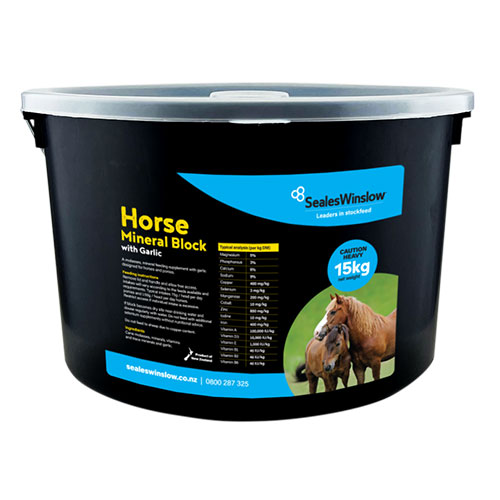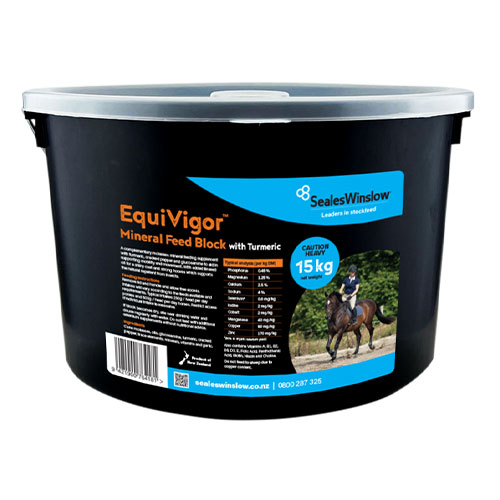Equine Advice
Why is My Horse Wobbly
Ryegrass Staggers in Equine
Ryegrass staggers, more commonly known as ‘grass staggers’ is a fungi-related disease commonly found throughout New Zealand during summer and autumn, which can affect both ruminants and horses alike.
Grass staggers is the result of the consumption of a specific mycotoxin called Lolitrem B, produced by endophyte fungi in perennial (permanent) ryegrass ¹. It can also be present in Paspalum grasses. This endophyte was originally introduced to help fight against Argentine stem weevil, to improve the longevity of perennial ryegrasses², however, it has not come without its complications.
The highest concentrations of the mycotoxin in a plant is in the seed, flower and base of the leaf¹,², which is why the problems tend to start in the drier months. As the summer dry sets in, plants turn reproductive and go to seed. Additionally, as pasture supply becomes restricted, the horses tend to graze further into the base of the pasture, thus consuming higher concentrations of the toxin, both via the seed head, and basal leaf. Sheep, deer, and horses are typically at a higher risk of developing ryegrass staggers due to the way they graze, compared to cattle².
Mycotoxins can also be present in hay if not harvested and stored correctly. Rain, poor drying conditions, or prolonged drying during harvest can result in mould and toxin development during storage due to subsequent warm moist conditions³.
Clinical symptoms of mycotoxin exposure typically appear 7-14 days after exposure¹. They can present as mild behavioural signs, such as nervousness and spookiness, and sensitivity to sudden movement and noise4. More severe clinical signs include muscle tremors, head nodding, stumbling, staggering and potentially falling ¹ ² ⁴ ⁵. However, treatment can be simple, and recovery is usually quite rapid once there is a treatment in place.
Treating grass staggers and preventing issues going forward can be as simple as removing the mycotoxin infected forage source. Changing paddocks or reducing time on summer stressed ryegrass pasture and replacing this with a forage containing less ryegrass is a simple way to prevent your horse from eating high-risk grass. If replacing this pasture with hay, be sure to check it for mould, and try avoiding ryegrass-based hays where possible- consider clover or lucerne based hay.
An additional or alternative tactic is to supplement horses with a board-spectrum toxin binder. These supplements work by binding to the mycotoxin when it enters the digestive system, and ‘carrying’ the toxin through the digestive system to be excreted, preventing it from being absorbed by the gut lining. This is a very effective treatment, but it needs to be administered in a controlled manner as per product instructions.
If you want to know more or are concerned about your horse’s well-being, speak with your local SealesWinslow TSR, or Vet.
References:
1. Rye-Grass Staggers in Horses | Category_Articles, Category_Articles New>Nutrition & Disorders>Other, Nutrition & Disorders > Other and more | Hygain Australia Library blog https://hygain.com.au/blogs/library/rye-grass-staggers-in-horses.
2. Prestidge., R.A. (1993). Causes and control of ryegrass staggers in New Zealand. Agriculture, Ecosystems and Environment. 44, 283–300.
3. Mold and Mycotoxins in Horse Hay https://extension.psu.edu/mold-and-mycotoxins-in-horse-hay.
4. Totally Vets – Perennial ryegrass staggers https://www.totallyvets.co.nz/portfolio,portfolio,,99,Perennial+ryegrass+staggers.html.
5. Johnstone, L.K., Mayhew, I.G., and Fletcher, L.R. (2012). Clinical expression of lolitrem B (perennial ryegrass

EquiGarlic® Mineral Block
Horse Mineral Block with Garlic is a molassed mineral and vitamin supplement developed specifically for the New Zealand leisure horses and ponies.

EquiVigor Mineral Feed Block with Turmeric
EquiVigor™ is a complementary molasses mineral feeding supplement with turmeric, cracked pepper and glucosamine to aid in supporting movement and mobility in equine. EquiVigor™, your easy all in one equine mobility supplement.

